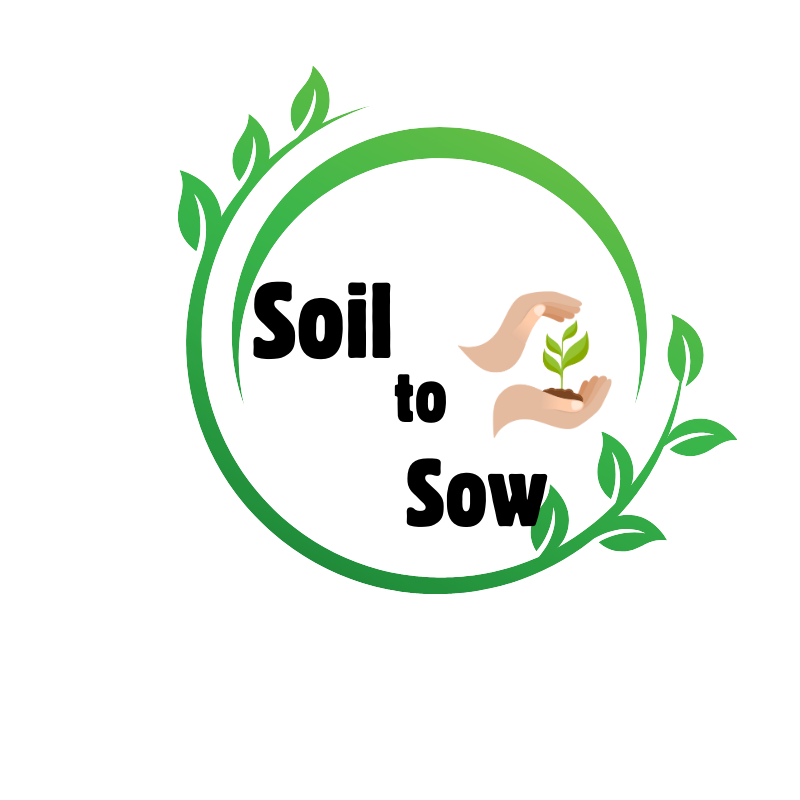0:00
garden design principles serve as
0:01
guidelines for creating harmonious
0:03
functional and Visually appealing
0:05
outdoor Spaces by understanding and
0:07
applying these principles gardeners can
0:10
create Landscapes that reflect their
0:11
personal style while maximizing Beauty
0:17
sustainability here's a concise overview
0:19
of key garden design principles unity
0:22
and Harmony Unity creates a sense of
0:25
cohesion and continuity in the garden
0:27
achieve Unity by repeating colors
0:29
textures shapes or themes throughout the
0:32
landscape harmonize different elements
0:34
to create a balanced and Visually
0:36
pleasing composition balance balance
0:39
refers to the distribution of visual
0:41
weight in the garden aim for symmetry
0:43
asymmetry or radial balance to create a
0:47
equilibrium balance plantings Hardscape
0:49
features and Open Spaces to create a
0:51
harmonious overall design proportion and
0:54
scale proportion relates to the size and
0:57
relationship of elements within the
0:59
garden choose plants structures and
1:01
decorative elements that are
1:02
proportional to the overall space and to
1:04
each other consider the scale of your
1:07
garden in relation to its surroundings
1:09
to ensure a balanced and appropriate
1:11
design Rhythm and repetition Rhythm
1:14
creates movement and flow in the garden
1:17
use repeating patterns lines or shapes
1:19
to guide the eye and create a sense of
1:21
Rhythm introduce repetition in plantings
1:24
Pathways or architectural features to
1:26
establish visual continuity and interest
1:29
focal points Point focal points draw
1:32
attention and create visual interest in
1:34
the garden select prominent elements
1:36
such as specimen trees sculptures water
1:39
features or architectural structures to
1:41
serve as focal points place them
1:44
strategically to create focal areas and
1:46
enhance the overall design hierarchy and
1:49
emphasis establish hierarchy by
1:51
prioritizing key elements and focal
1:53
points within the garden use contrast in
1:56
color texture or size to emphasize
1:59
important features and create visual
2:01
impact direct attention to focal points
2:03
through strategic placement and
2:06
framing transition and
2:08
flow transition smoothly between
2:11
different areas and elements in the
2:13
garden to create a sense of continuity
2:16
flow use Pathways Borders or gradual
2:19
changes in height and texture to connect
2:21
spaces and guide movement throughout the
2:23
landscape functionality and practicality
2:26
design the garden with usability and
2:28
practicality in mind consider how the
2:31
space will be used and tailor the layout
2:33
accordingly create functional areas for
2:36
activities such as dining relaxation and
2:38
gardening and ensure easy access and
2:41
circulation seasonal interest and
2:43
diversity incorporate a variety of
2:45
plants textures and colors to provide
2:48
yearr round interest and diversity in
2:50
the garden select plants with different
2:53
blooming times foliage colors and
2:56
seasonal characteristics to ensure
2:58
continuous Beauty and enjoyment
3:02
year by applying these garden design
3:04
principles you can create a
3:06
well-balanced visually stunning and
3:09
functional outdoor space that reflects
3:11
your personality and enhances your
3:14
lifestyle experiment with different
3:16
combinations and adaptations to find the
3:19
perfect design for your garden

